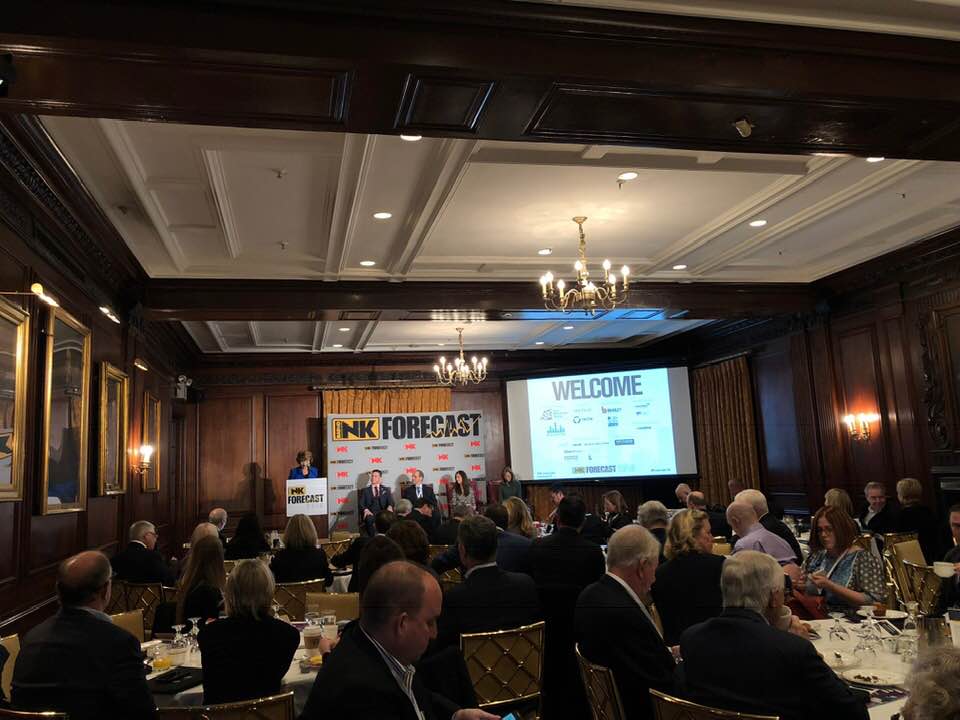It’s difficult to look at the trends and see the positive in the radio industry over the last few years. Local advertising continues to decline, the public stock prices have slid significantly against the S&P 500, and radio’s share of local advertising has declined as mobile and online advertising have increased significantly. On top of that, the two largest radio groups have been in bankruptcy, although Cumulus has emerged and iHeart appears to be moving in that direction.
This was the backdrop at the Radio Ink Forecast 2019 conference in New York. Speaking on the panel, Prospect for Radio Investment in 2019, I had the task of discussing these points and the fact that the average radio station transaction in 2018 averaged a measly $1.2 million. Except for the Cumulus buy of Citadel and the Hubbard buy of Bonneville in 2011, and the Entercom buy of CBS in 2017, this average purchase price is not atypical. Additionally, there has been little private equity or debt for radio transactions, especially in the smaller deals.
But as the day at the Radio Ink conference unfolded, my thinking on the outlook for radio changed.
First, on my panel, I spoke about the potential for consolidation if the FCC moves forward on what is perceived as the possible ownership rules relaxation. Given the struggles in the industry and the fact that Google now generates almost 50% more in local advertising than the entire radio industry, we believe the current ownership rules are outdated and in need of change.
If it plays out as expected, there could be many in-market strategic buys that will strengthen many groups and could improve the quality of local radio programming and diversity of offerings for consumers. With economies of scale, these companies should be able to drive more revenue and increase their margins.
Second, the panel on podcasts and smart speakers (Alexa, et al) indicated new potential for strengthening relationships with its audience and increasing in-home listening. The fact that radio is using technology to strengthen its position, rather than being a victim of technological disruption, is a positive. Neither will have much immediate impact on over-the-air (“OTA”) advertising, but a discussion on how the legalization of gambling in New Jersey and other states was growing will impact OTA advertising on Sports stations.
Third, the insights and vision expressed by Bob Pittman, CEO of iHeart Media, and David Field, CEO of Entercom were timely and realistic. These seasoned veterans are committed to the industry and moving their companies to solidify their audio (OTA, online and other) offerings. They are pursuing better attribution tracking and analytics. With an improved balance sheet for iHeart, and the integration and refocusing of the CBS stations well underway at Entercom, both companies should be going in a positive direction. And as go the leaders, the rest of the industry will also benefit.
Now, this doesn’t mean we’ll turn our 2019 local radio advertising revenue into the positive for 2019, but it does mean that we are more optimistic about the prospects for radio ownership and profitability down the road. That said, we will constantly be assessing our local radio advertising forecast for future years as we see 2019 play out.
If you’d like to download my full presentation, Prospects for Radio as an Investment in 2019, click here.

